The rugged coastline of Newfoundland has long been a siren call for adventurers, but its latest accolade as home to one of the world’s greatest hiking trails has cemented its status as a pilgrimage for walkers. The East Coast Trail, snaking through the infamous "Iceberg Alley," was recently named among the planet’s premier trekking routes—a distinction that feels almost overdue for those familiar with its windswept cliffs and ghostly glacial visitors.
Stretching over 300 kilometers along Newfoundland’s eastern edge, this footpath stitches together fishing villages, boreal forests, and vertigo-inducing headlands where whales breach in the pewter-colored Atlantic. What sets it apart isn’t merely the raw beauty—though that would suffice—but the trail’s singular marriage of human history and geological drama. Abandoned lighthouses tilt defiantly against salt spray, while each spring, cathedral-sized icebergs calved from Greenland glaciers drift past like spectral islands.
The recognition comes from a coalition of international hiking associations that praised the trail’s "elemental theater"—a stage where earth, ocean, and ice perform an ever-changing spectacle. Local guides speak of sections where you can simultaneously hear caribou snorting in the brush and the subterranean groan of bergs scraping the seafloor. Unlike curated wilderness experiences elsewhere, there’s an unvarnished wildness here; hikers might round a bend to find a moose calf wobbling on new legs or a black bear demolishing a blueberry thicket.
Newfoundlanders have always known their backyard was extraordinary. The trail’s newest sections traverse the Avalon Peninsula’s fault lines, where the continent itself seems to be coming apart. Jagged sea stacks—the remnants of 500-million-year-old mountains—tower over coves where 17th-century pirates supposedly buried loot. One segment passes through a natural stone archway that frames passing icebergs with the precision of a Renaissance painting.
What surprises many visitors is the trail’s accessibility. Despite its remote reputation, the path is meticulously maintained by volunteers from adjacent communities. St. John’s residents frequently hike coastal stretches before work, and it’s not uncommon to encounter octogenarians from nearby Petty Harbour out for their morning constitutionals. This is no sterile national park; the trail weaves past clapboard houses where fishermen still mend nets, and it’s considered polite to accept offers of raisin buns from trailside homeowners.
The icebergs remain the main attraction. From May through July, the Labrador Current delivers these frozen monoliths on slow-motion parade. Some take on surreal hues—alabaster white, electric blue, even streaks of volcanic black from ancient dust trapped in the ice. At the Skerwink Trail portion (voted one of North America’s top walks by Travel+Leisure), panoramic platforms allow hikers to watch bergs explode as they founder in warmer waters, a phenomenon called "bergy seltzer" for its effervescent crackle.
Climate change has lent urgency to the experience. Guides note that iceberg numbers have become unpredictable—some years bring armadas, others mere stragglers. The same warming that threatens this spectacle has also revealed new archaeological sites along the trail as permafrost recedes, including 19th-century shipwrecks and Indigenous hunting blinds now visible for the first time in centuries.
Infrastructure improvements followed the trail’s global recognition. The provincial government installed emergency shelters shaped like traditional fishing stages (wooden platforms on stilts), while local entrepreneurs offer "hike and feast" packages featuring cod cheeks and partridgeberry tarts. Yet the essence remains untamed. Cell service vanishes minutes from trailheads, and wayfinding often depends on painted blazes or cairns stacked by generations of hikers.
As dusk falls over the Narrows—the cliff-flanked entrance to St. John’s harbor—the trail takes on a mythic quality. Fog slithers up from the sea, muting the colors until the landscape becomes a charcoal sketch. It’s easy to understand why Viking sagas described this coast as the edge of the known world. Today’s hikers, tracing paths first walked by Beothuk hunters and Basque whalers, become part of that continuum—brief witnesses to a place where nature still dictates the terms.
With this international endorsement, Newfoundland’s trail network faces both opportunity and challenge. Tourism officials aim to avoid the overcrowding that plagues famous hikes like Peru’s Inca Trail. Their solution? Emphasize the trail’s scale—with 26 interconnected wilderness paths, there’s space enough for solitude. After all, this is an island that has spent centuries perfecting the art of hospitality without surrendering an inch of its wild soul.

By Lily Simpson/Apr 7, 2025

By Samuel Cooper/Apr 7, 2025

By Rebecca Stewart/Apr 7, 2025

By Sarah Davis/Apr 7, 2025

By Rebecca Stewart/Apr 7, 2025
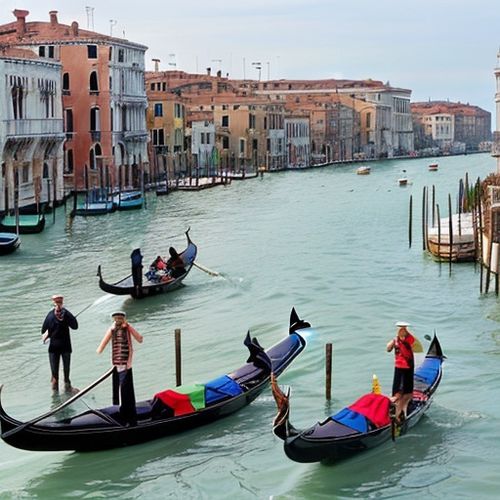
By Amanda Phillips/Apr 7, 2025

By Natalie Campbell/Apr 7, 2025

By Jessica Lee/Apr 7, 2025
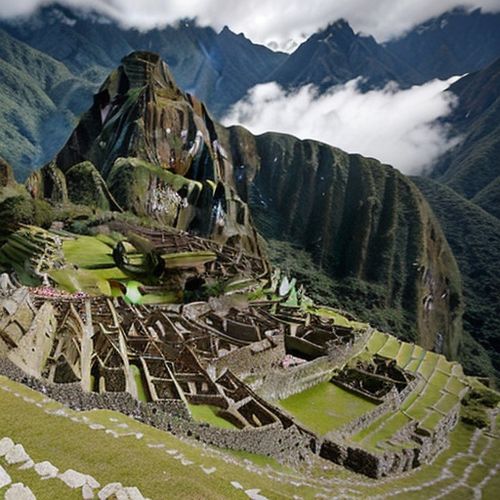
By Thomas Roberts/Apr 7, 2025
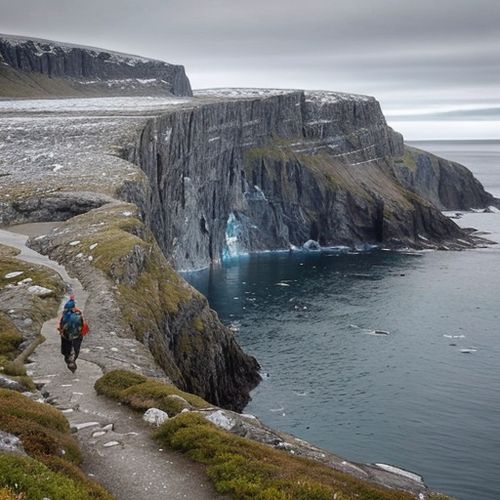
By Daniel Scott/Apr 7, 2025
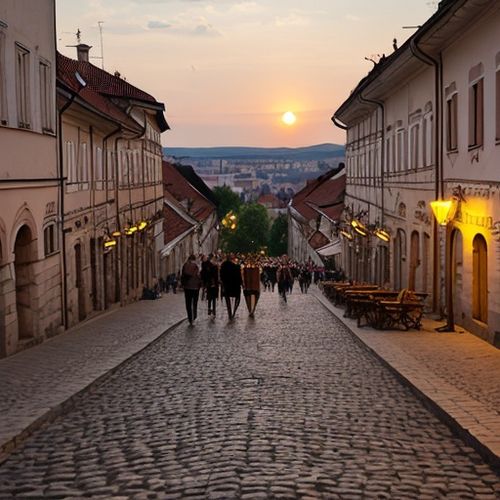
By Emily Johnson/Apr 7, 2025

By Victoria Gonzalez/Apr 7, 2025

By George Bailey/Apr 7, 2025

By Rebecca Stewart/Apr 7, 2025

By Elizabeth Taylor/Apr 7, 2025

By Thomas Roberts/Apr 7, 2025
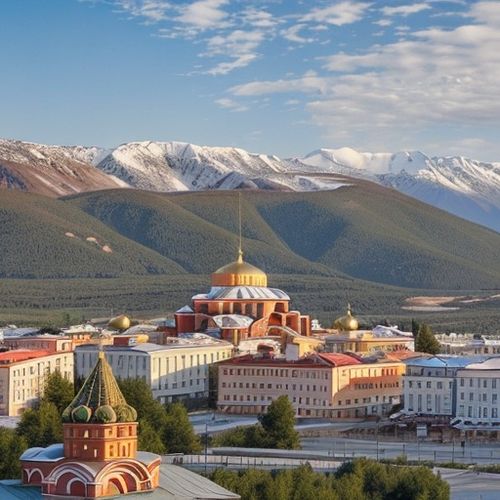
By Lily Simpson/Apr 7, 2025